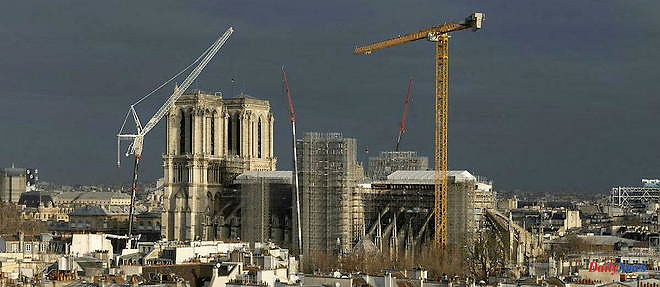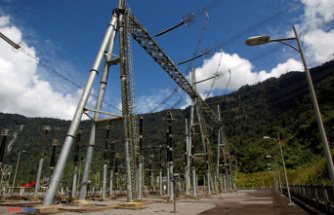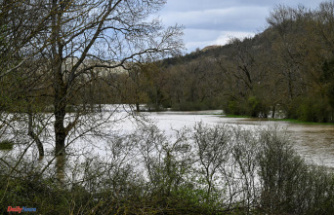We're sorry to tell you that the fire at Notre-Dame de Paris made at least one group of people happy: scientists. For once, they were able to examine the bowels of the old lady without fearing the priests. So they rushed at it like hungry people. And so much the better, because the discoveries have been numerous.
Today, we are talking to you about that of Maxime L'Héritier, from the University of Paris 8, a specialist in the use of iron in Gothic architecture. Once in the place with his team, he went in search of the smallest piece of metal with the same ardor as a drug-sniffing dog. He got his money's worth. To his surprise, he found the walls riddled with iron staples.
The verdict was surprising: the laying of the first staples dates back to the middle of the 12th century, that is to say at the very beginning of construction. "This makes Notre-Dame the oldest cathedral using iron," says Maxime L'Héritier. And to clarify: "Please note, this is not an innovation, because this process was already used in antiquity. For example for the Colosseum in Rome. In the older cathedrals of Laon, Sens and Senlis, the builders did not find it useful to use staples, they preferred to install wooden tie rods. »
Let's step into the shoes of the master builder to whom Maurice de Sully, Bishop of Paris, commissioned the tallest building in Christendom. The vaults of the buildings mentioned above culminate at 24 meters. We must do better, higher! The architect sets the bar at 32 meters. A real challenge to gravity. No doubt he trembles at his own audacity because, if he fails, his bishop may well condemn him to roast in hell. He did not entirely trust the ribbed intersection and the buttresses to support the monstrous thrusts, so he chose to bind the freestones to avoid the shear forces resulting from the lateral thrusts of the framework. He could have chosen to put wooden tie rods, but it's so ugly! God could have been offended.
Staples were placed in three building campaigns, mostly at the top of the walls on each level of the cathedral. To fix them in the stone, the masons used lead. The analysis of the iron revealed the presence of different impurities in the iron rods, which enabled L'Héritier to identify six places of origin of the iron. But the most amazing thing is that most staples were not melted with iron ore, but from scrap metal. Recycling ahead of time.
It remains to be seen whether the first architect of Notre-Dame did the right thing by stapling the stones. "Their observation does not allow us to say," says Maxime L'Héritier. Most of the later Gothic cathedrals, even taller and more massive, make little more use of clasps. Their builders preferred to put tie rods between two opposite walls or surround the walls with a mesh of chains.
In any case, the cathedral of Paris can now claim the title of first iron lady of Paris, much to the consternation of the Eiffel Tower.












